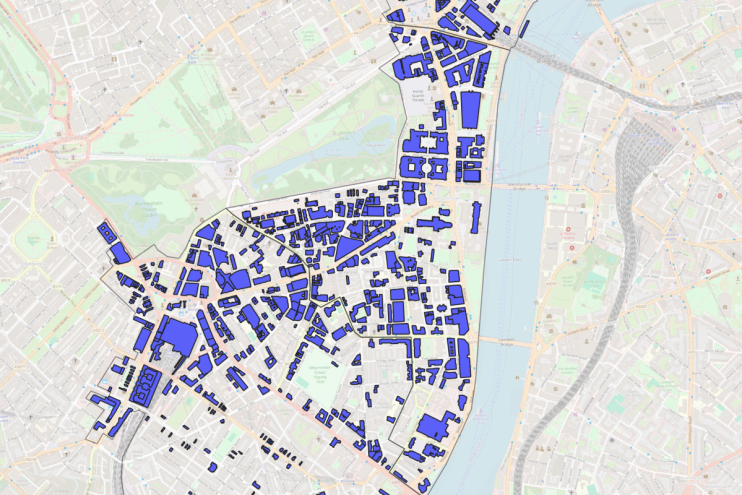| Updated:
Excess heat from London’s Underground will power iconic buildings in a new £1bn net zero scheme.
This low-carbon network will soon channel excess heat from the Underground to power several sites in central London, namely Downing Street and the National Gallery.
This comes following last week’s Budget, in which chancellor Rachel Reeves announced significant investments in green energy, including a £2bn pour into UK’s hydrogen schemes.
The initiative was recently launched by Hemiko and Vital Energi, who have partnered to transform Westminster’s heating infrastructure, marking a major step in the UK’s journey towards net zero.
As one of the UK’s first large-scale ‘heat network zones,’ this project will use heat drawn from sources like the Underground, the Thames, and the sewer system to provide low-carbon heating across the heart of London.
By utilising local waste heat, the network will offer a more sustainable alternative to individual air-source heat pumps, which is expected to cut costs by around 40 per cent for customers.
As minister for energy consumers, Miatta Fahnbulleh, said: “Taking waste heat from the River Thames and the London Underground to heat such iconic places as the Houses of Parliament and the National Gallery exemplifies our journey toward low-cost, low-carbon heating. This project will support hundreds of jobs and make bold strides toward boosting our energy security.”
Once operational, this network will span from London Victoria to Temple, covering central spaces of Westminster and delivering hot water via underground insulated pipes.
Over time, this heat network is expected to save 75,000 tonnes of carbon dioxide per year, as well as creating 500 jobs and reducing nitrogen oxide emissions by 99 per cent – improving local air quality.
Leader of Westminster city council, Cllr Adam Hug, said: “Westminster’s gas heating has been a major contributor to carbon emissions and air pollution, but these low-carbon networks tap into local waste heat sources, delivering clean, affordable energy. SWAN will play a critical role in our net-zero journey, showing a clear path to a greener energy future.”
The project will also present 100 opportunities for UK businesses and generate a wide range of green jobs, which will align with London’s commitment to energy efficiency.
The department for energy security and net zero (DESNZ) is supporting the project, having already invested over £5m in seven ‘heat network zones’ across the UK to cut emissions and secure long-term, sustainable heating options.
Initial investment plans include £100m within the next three years, £500m within the next 10, and £1bn by 2050.
The government also recently announced that similar projects will be developed in other areas in the UK.
As Ruth Duston OBE, London heritage quarter chief executive, argued: ” “The South Westminster Area Network is a transformative step for a net-zero future in London and across the UK. Supplying heat to landmarks like the National Gallery and the Houses of Parliament, SWAN will help reduce costs, cut CO2, and shape a sustainable energy landscape.”

